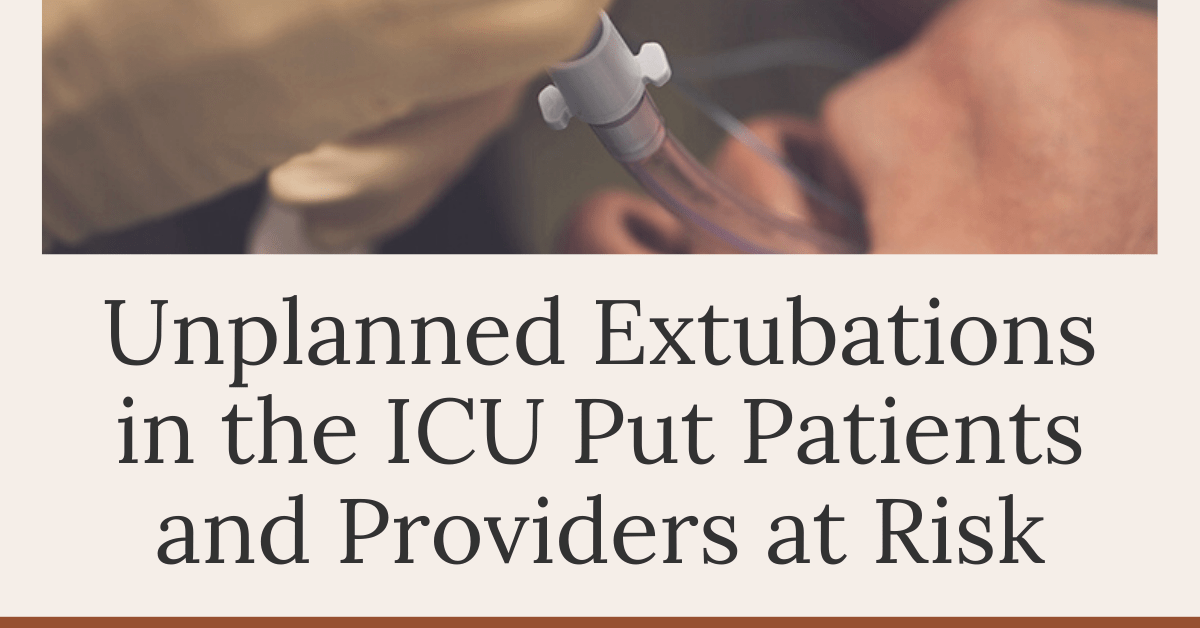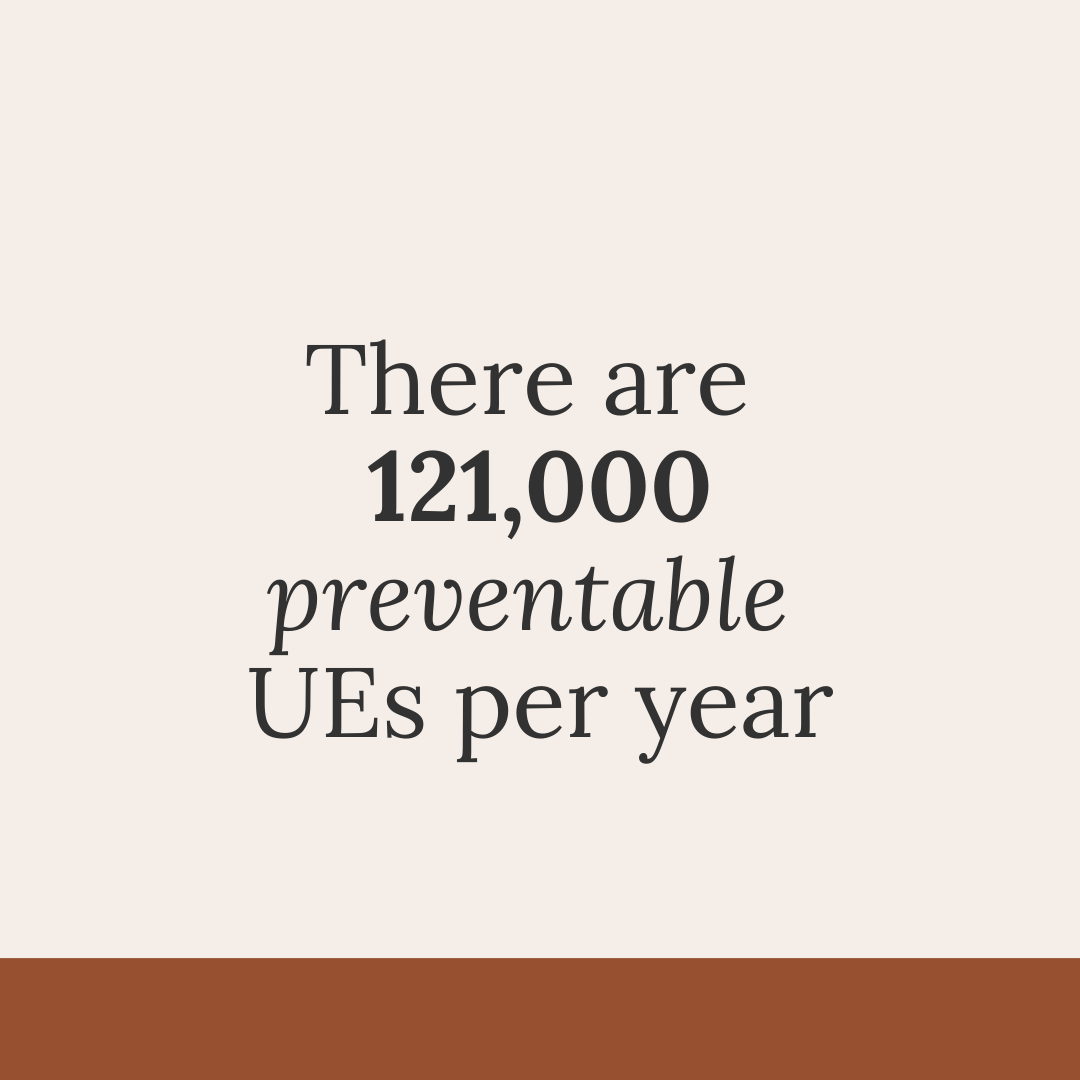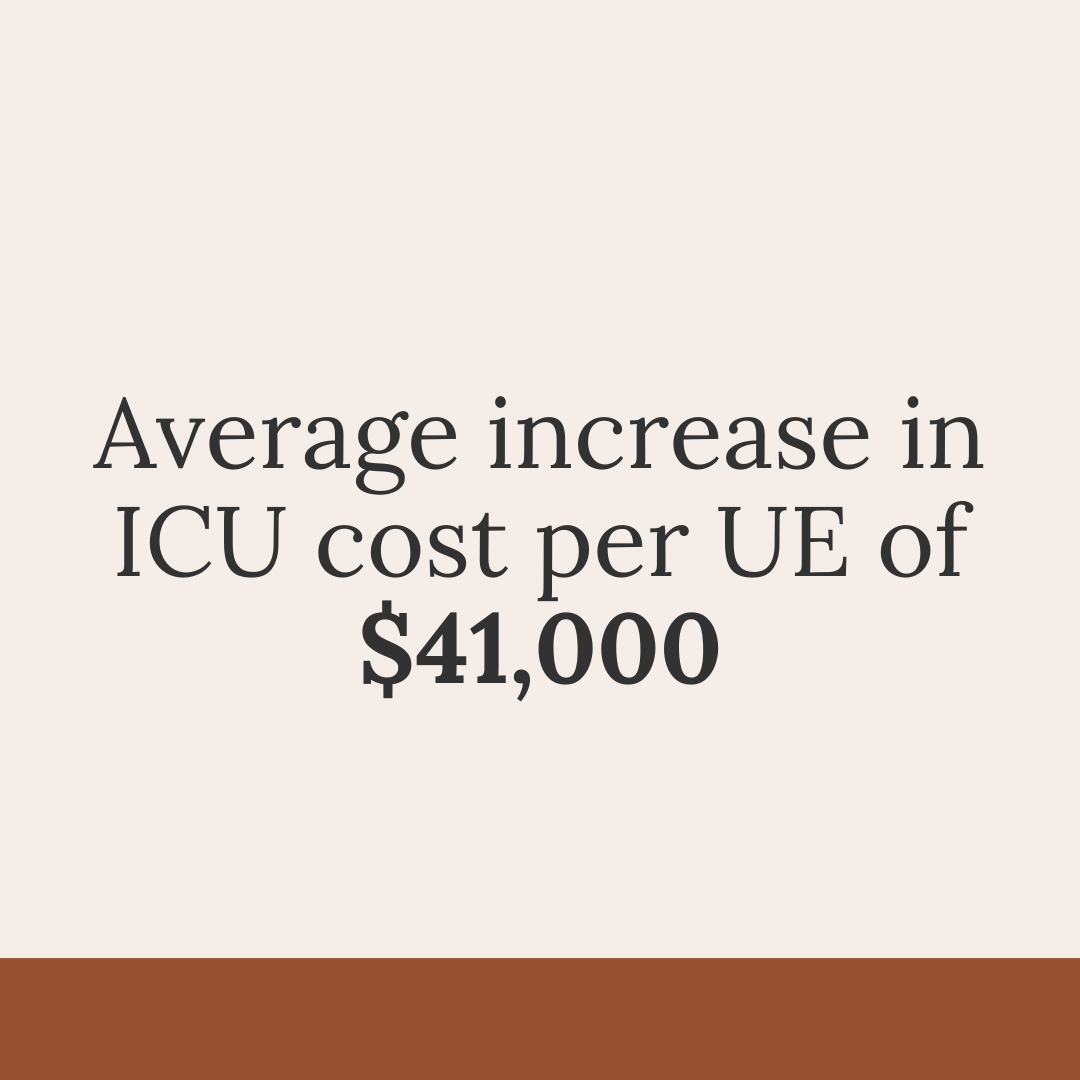
ICU admissions in hospitals across the US have skyrocketed amidst the ongoing COVID-19 pandemic. Recent reports indicate that severe hypoxic respiratory failure requiring mechanical ventilation is the most common reason a COVID-19 patient is admitted to the ICU.1 While projections have varied widely, worst-case scenario estimates by the American Hospital Association cite a potential impact of COVID-19 of 1.9 million ICU admissions, with 960,000 of these patients requiring ventilator support.1
To date, the CDC estimates that at least 9000 US healthcare workers have contracted COVID-19.2 Critical care staff face increased risks of COVID-19 exposure during3:
- Intubation, extubation and re-intubation due to aerosolized virus from patients
- Increased caseloads. The surge due to COVID-19 has resulted in caseloads far exceeding the optimal provider-to-patient ratio of < 1:2 for tending to critically ill patients on ventilators
- Lack of optimal personal protective equipment (PPE), including powered Air Purifying Respirators or face shields, N95 face masks, gowns and gloves
- Unplanned extubations (UEs), in which aerosolized viral particles can expose providers during emergency reintubations
Unplanned Extubations (UE)
It is increasingly recognized that UEs in COVID-19 patients dramatically increase risk to staff. “Proning maneuvers,” recommended for patients with acute respiratory distress syndrome in which patients are turned between supine and prone positions, have been recognized as a leading risk factor for UE.3
Restless or agitated patients can also forcibly remove their breathing tube. This is referred to as “self-extubation” and is responsible for up to 63% of all UEs.4 The risk of COVID-19 exposure to staff is dramatically increased if UEs occur while providers are not wearing PPE.3
Apart from the current COVID-19 crisis, studies have shown that UEs are frequent, dramatically increase healthcare costs, and have potentially catastrophic (sometimes fatal) consequences for the patient.4 Studies have estimated4:
Importantly, UEs are preventable. Factors that have been shown to increase incidents of UEs include4:
- Inadequate breathing tube stabilization
- Patient restlessness/agitation
- Inadequate sedation and use of physical restraints
- Factors related to nursing staff (inexperience, night shift, inadequate staffing)
Improving breathing tube stabilization
Securement of devices to the face is naturally challenging, complicated by skin oiliness, moisture (from saliva and ventilated air), and facial hair.
Mastisol® is a liquid adhesive that can be used for breathing tube securement. Mastisol is a non-water soluble adhesive that has been clinically proven to significantly improve the adherence of a wide variety of tapes, dressings and devices.5,6
At this critical time, protecting our healthcare providers is paramount. Connie Barden of the American Association of Critical Care nurses sums up the current situation: “We can neither put another nurse in harm’s way, nor can we afford to lose even one nurse.”2
For everyone caring for patients during this pandemic, we here at Eloquest Healthcare thank you. We are committed to providing solutions that can help you protect patients and caregivers alike. For more information about Mastisol, please contact your sales consultant or Eloquest Healthcare®, Inc., call 1‐877‐433‐7626 or visit www.eloquesthealthcare.com.

References
1. Halpern NA, Tan KS. US ICU Resource availability for COVID-19 Version 2. March 25, 2020. Society of Critical Care Medicine Website. Available at: https://www.sccm.org/getattachment/Blog/March-2020/United-States-Resource-Availability-for-COVID-19/United-States-Resource-Availability-for-COVID-19.pdf?lang=en-US. Accessed April 17, 2020/.
2. Farmer B. At least 9000 US health care workers sickened with COVID-19, CDC data show. NPR website. April 15, 2020. https://www.npr.org/sections/health-shots/2020/04/15/834920016/at-least-9-000-u-s-health-care-workers-sickened-with-covid-19-cdc-data-shows. Accessed April 17, 2020.
3. Berkow L, Kanowitz A. COVID-19 putting patients at increased risk of unplanned extubation (UE) while UE and reintubation putting providers at increased risk of contamination. Patient Safety Movement Website. https://patientsafetymovement.org/blog/april-2020-issue-ii/blog-article-covid-19-and-unplanned-extubation-ue/?mc_cid=0ef3a22054&mc_eid=82d54166fb. Accessed April 27, 2020.
4. Unplanned Extubation: Fact sheet. Securisyn Medical Website. https://static1.squarespace.com/static/5c1e7d35f93fd4d532c0e8fb/t/5c3174174fa51ae3f53397c6/1546744855716/securisyn_UEFactSheet.pdf. Accessed April 27, 2020.
5. Patel N, Smith CE, Pinchak A, Hancock DE. The influence of tape type and of skin preparation on the force required to dislodge angiocatheters. Can J Anaesth. 1994;41:738-41.
6. Moy RL, Quan MB. An evaluation of wound closure tapes. J Dermatol Surg Oncol. 1990;16:721-3.
Extubation image credit: https://www.aarc.org











